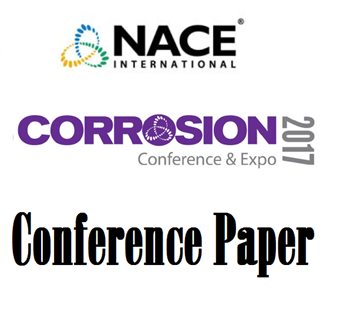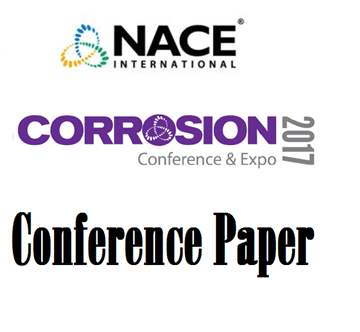Search
Use of a Methodological Panel for Microbial Diagnostics Biocide Selection and Application in an Oil Shale Field
Also Purchased
Understanding Insulation Chemistry Proven to Inhibit Corrosion Under Insulation (CUI)
Product Number:
51317--8876-SG
ISBN:
8876 2017 CP
Publication Date:
2017
$20.00
08658 Use of Microbiocides in Barnett Shale Gas Well Fracturing Fluids to Control Bacterially Related Problems
Product Number:
51300-08658-SG
ISBN:
08658 2008 CP
Publication Date:
2008
$20.00
51317--9802-Determining Biocide Selection and Dosage Recommendation via Planktonic and Sessile Kill Studies and Subsequent Biofilm Regrowth: A Case Study
Product Number:
51317--9802-SG
ISBN:
9802 2017 CP
Publication Date:
2017
$20.00




